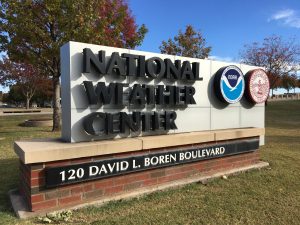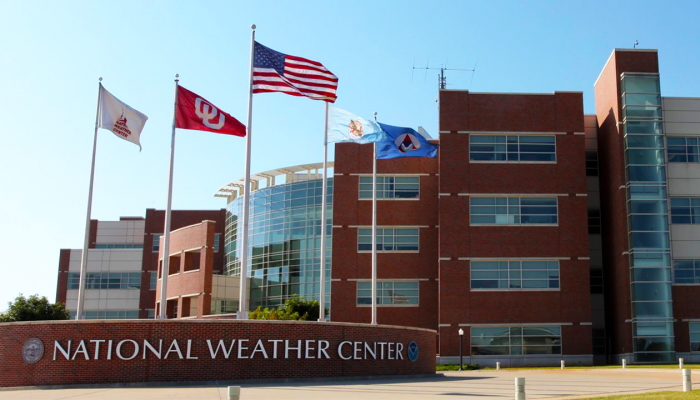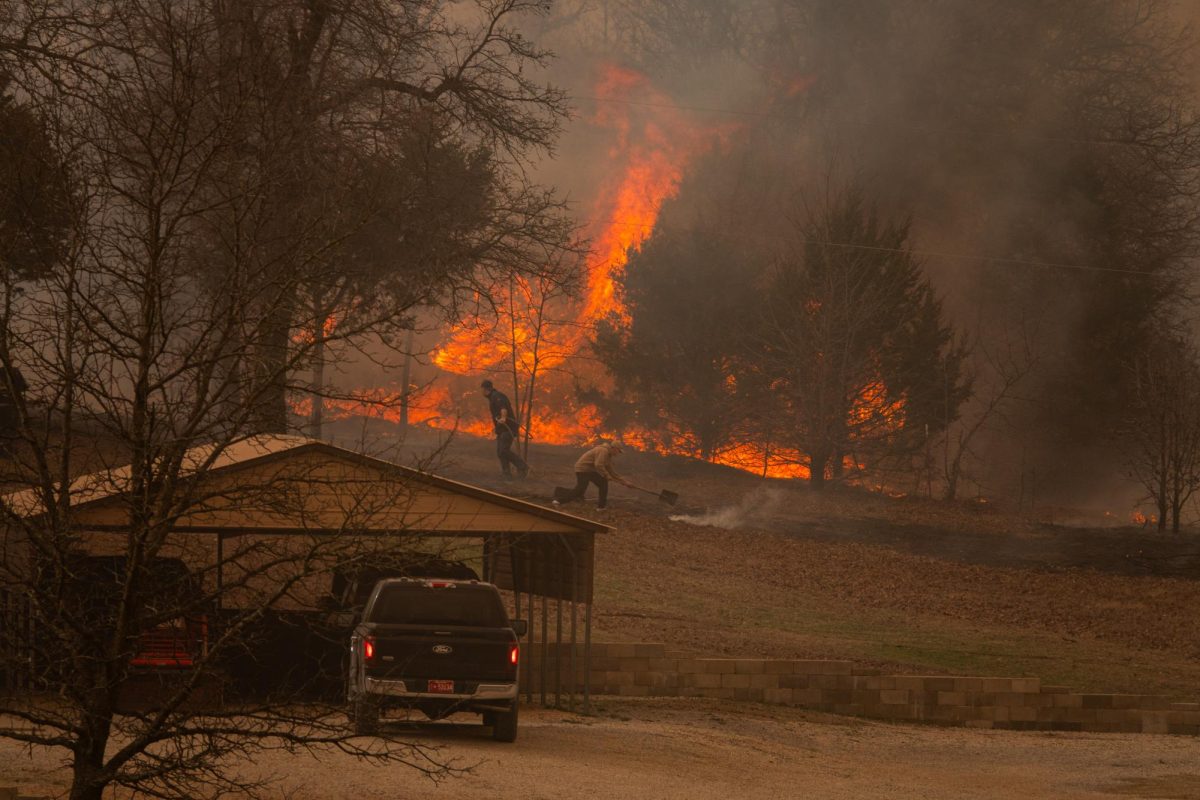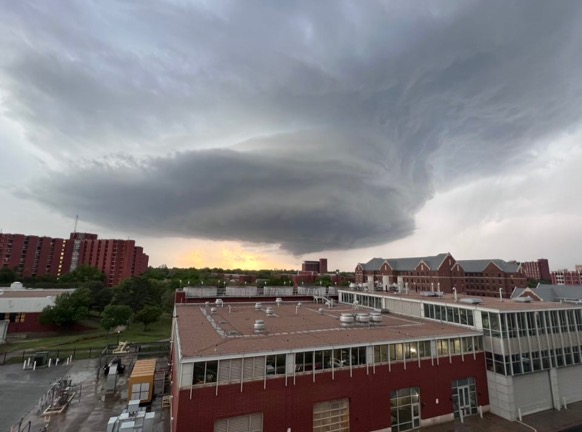
David Boren’s announcement of his upcoming retirement as President of the University of Oklahoma has encouraged many to speculate on his legacy, but some say his most notable achievement is his contribution is the creation of the National Weather Center.
Boren took office in 1994, after a career in government, working as a U.S. Senator and an Oklahoma Governor.
When Boren was sworn in as OU President in 1994, the National Oceanic and Atmospheric Administration (NOAA) was expanding, John Snow, former dean of OU’s College of Atmospheric and Geographic Sciences, said. Snow said the College of Atmospheric and Geographic Sciences needed more space as well, outgrowing the crowded Sarkeys Energy Center.
Snow said Boren came in at the perfect time to use his political career for the benefit of the University.
“He had a vision,” Snow said. This vision was the National Weather Center. The Sarkeys Energy Center was not capable of housing NOAA nor was it able to house the influx of students in the colleges.
“Whenever anything happens at the University, there’s two things that come right to the front: money and space,” Snow said.
Boren’s vision answered the second need immediately. The University owned 250 acres of land south of campus with only “a few decrepit soccer fields”, Snow said.
Boren leaned on his past as a U.S. Senator for the answer to the first need.
“The President was an absolute master of maneuvering in the Congress, House and Senate,” Snow said.
Jordan Overton, a tour guide at the National Weather Center, said Boren used savvy strategies to secure the funding needed to build the National Weather Center. “He knew how to work the system, so to say, to get us funding for the building,” said Jordan Overton. “He’ll have a big, lasting legacy down at the Weather Center. Everyone will always know who he was and what he did for us.”




